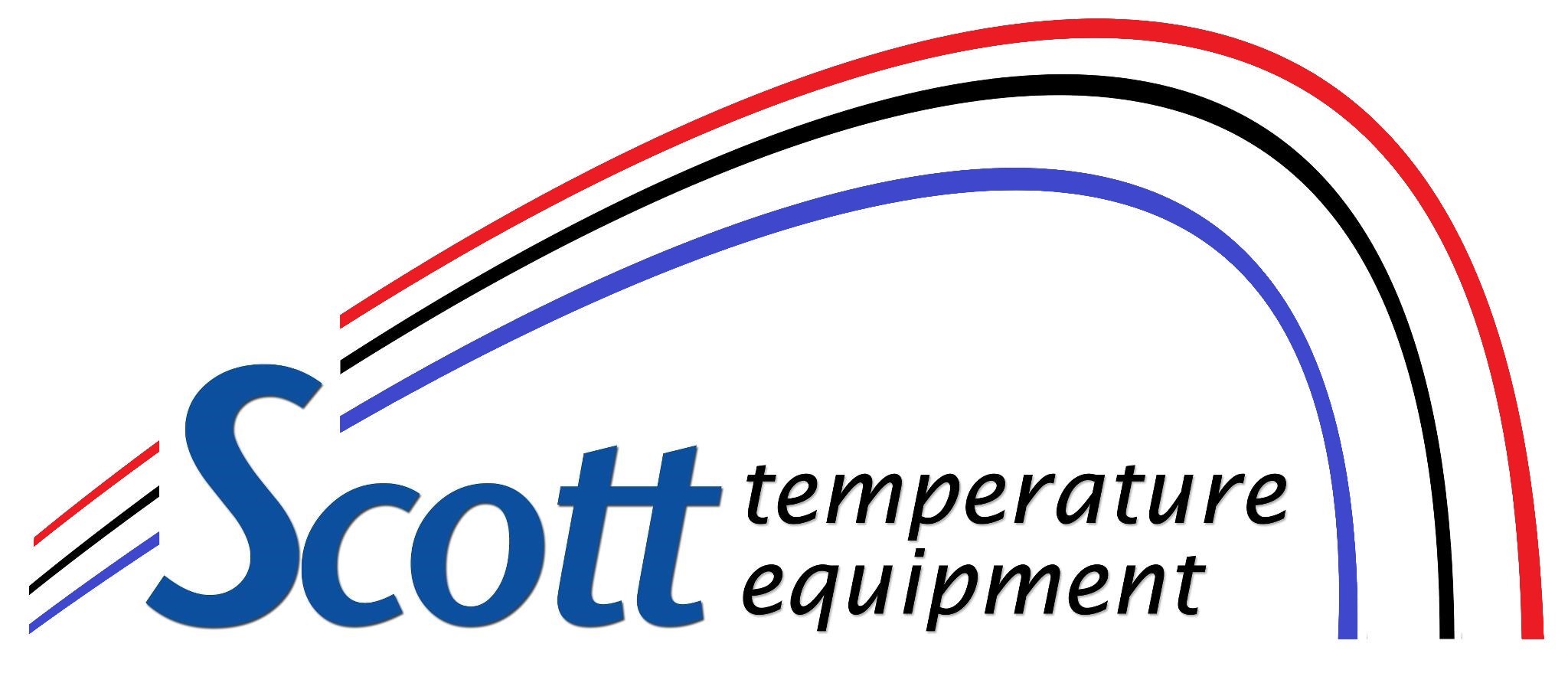
You shouldn’t need to sacrifice comfort or empty your wallet to keep your residence at the right setting during muggy weather.
But what is the best temp, exactly? We discuss suggestions from energy pros so you can select the best setting for your family.
Here’s what we recommend for the most energy-efficient setting for air conditioning in Lawrence.
Recommended Thermostat Settings for Summer
Most families find placing the thermostat at 72-73 degrees is most comfortable. However, if there’s a huge difference between your interior and outdoor warmth, your utility costs will be bigger.
These are our recommendations based on the U.S. Department of Energy (DOE) and ENERGY STAR®.
While at home: 78 degrees. While that sounds too high, there are approaches you can keep your residence cool without having the air conditioner on all the time.
Keeping windows and curtains down during the day keeps cold air where it belongs—inside. Some window treatments, like honeycomb shades or plantation shutters, are designed to provide more insulation and enhanced energy conservation.
If you have ceiling fans in your residence, the DOE says you can move thermostat settings about 4 degrees higher without sacrificing comfort. That’s due to the fact they cool by a windchill effect. Because they cool people, not areas, turn them off when you exit a room.
If 78 degrees still appears too hot at first glance, try doing an experiment for a week or so. Begin by increasing your thermostat to 78 degrees while you’re at your house. Then, progressively turn it down while following the ideas above. You could be surprised at how refreshed you feel at a hotter temperature setting.
While away: 88 degrees. There’s no rationale for keeping the air conditioning on all day while your home is empty. Moving the temperature 7–10 degrees higher can save you anywhere from 5–15% on your electrical bills, according to the DOE.
When you arrive home, don’t be tempted to set your thermostat colder than 78 to cool your home more quickly. This isn’t useful and usually leads to a higher air conditioner expense.
A programmable thermostat is a useful approach to keep your temp under control, but it requires setting programs. If you don’t set programs, you risk forgetting to increase the set temperature when you leave.
If you’re looking for a convenient resolution, think over getting a smart thermostat. This thermostat links with your phone, so it realizes when you’re at your residence and when you’re gone. Then it automatically adjusts temperature settings for the best savings. How much exactly? Usually $180 yearly on heating and cooling, according to ENERGY STAR.
Another plus of using a smart thermostat? You can use your phone to keep an eye on and change temperature settings from nearly anywhere.
While sleeping: Around 70 degrees. While ENERGY STAR advises 82 degrees, that might be unbearable for the majority of families. Most people sleep better when their bedroom is cold, so that’s why the National Sleep Foundation advises 60–67 degrees. But that might be too cool, depending on your clothing and blanket preference.
We suggest running a similar test over a week, putting your temperature higher and steadily decreasing it to pick the ideal temp for your family. On pleasant nights, you could discover keeping windows open at night and running a ceiling fan is a superior solution than operating the air conditioning.
More Methods to Conserve Energy This Summer
There are other methods you can conserve money on AC bills throughout warm weather.
- Install an energy-efficient cooling system. Central air conditioners only last about 12–15 years and lose efficiency as they become older. An updated air conditioner can keep your home more comfortable while keeping energy expenses low.
- Set annual air conditioner maintenance. Annual air conditioner maintenance keeps your system operating like it should and might help it work at better efficiency. It could also help prolong its life expectancy, since it allows techs to spot small problems before they create a major meltdown.
- Change air filters regularly. Read manufacturer instructions for changing your air filter. A dirty filter can cause your system to short cycle, or run too often, and increase your electrical.
- Inspect attic insulation levels. Nearly 90% of homes in the U.S. don’t have adequate insulation, according to the Insulation Institute. Most southern climates need 13–14” of attic insulation, while northern climates should have 16–18”.
- Have your ductwork examined. Ductwork that has loosened over time can leak cool air into your attic, walls or crawl space. This can result in huge comfort troubles in your house, such as hot and cold spots.
- Seal cracks, doors and windows. Keep muggy air where it belongs by closing holes. You can also caulk or weather strip doors to trap more cold air within your home.
Save More Energy During Warm Weather with Scott Temperature
If you want to use less energy during warm weather, our Scott Temperature pros can assist you. Get in touch with us at 785-269-0465 or contact us online for more information about our energy-saving cooling products.
